The Catholic imperial monarchy of Austria and the Holy Roman Empire...
 |
| Kaiser (Caesar and Emperor) Francis Joseph I of Austria-Hungary, the central Catholic Empire of Europe and successor of the Holy Roman Empire |
Who does not recognise the face and picture of the distinguished, charming and saintly old gentleman who was the Kaiser (Caesar and Emperor) Francis Joseph of Austria-Hungary from 1848 to 1916?
He led a saintly, rigorously military and piously disciplined life right up to the day of his pious and holy death.
His successor was his great-nephew, the Blessed Emperor Charles I, beatified in 2004 by Blessed Pope John Paul II, himself named Charles (Karol in Polish) after the Blessed Emperor Charles since the Pope's father had served in the Austro-Hungarian army.
 |
| Blessed Kaiser (Caesar and Emperor) Charles I of Austria-Hungary, who succeeded to the imperial throne upon the death in 1916 of his great uncle, Kaiser Francis Joseph I |
Both men, in fact, led difficult and, indeed, crucified lives. Francis Joseph lost his son, his wife and his nephew successor to assassins. Charles, who worked tirelessly for peace and an end to war, but was betrayed, forced off the throne, exiled into poverty with his wife, Empress Zita, and 8 children, to Madeira Island, and died there aged only 34 years old.
But what was life like under the old Catholic empire?
In fact, it was a glorious kaleidoscope of colour, tradition, beauty, piety and plenty that ought to be the envy of a less fortunate age.
Unfortunately, too few know about those times and many have been seduced by secularist and anti-Catholic propagandists into believing that, in those times, life was nasty, brutish and short.
In fact, the reverse is, and was, true.
 |
| Blessed Kaiser (Caesar and Emperor) Charles I of Austria greets an old person, one of his many millions of subjects under the old Catholic Empire |
The 1955 film Sissi starring Romy Schneider as the Kaiserin (Empress and Caesar's wife) Elizabeth ("Sissi") and Karl-Heinz Boehm as Kaiser Francis Joseph, although stylised, gives a surprisingly accurate picture of life in those times.
The theme is the early life of the Kaiser and his new wife, Princess Elizabeth in Bavaria, "Sissi", which was personally happy and only marred by the increasingly revolutionary politics of the day, tragically and persistently threatening the peace of Europe and the lives of Europeans.
The Italian secularist "irredentists", seeking a secular and separate Italy, snub and repudiate their Emperor but, at least in the film, are won over by the charm of the Empress Elizabeth when she and the Kaiser arrive at St Mark's, Venice, in the imperial barge, accompanied by the imperial flotilla.
The Italian nobility shut the doors of their Canal-side villas to their true and rightful Kaiser or Caesar and, instead of attending upon the Kaiser, both at St Mark's and at the Opera, rudely send their most dull-witted servants to embarrass the Kaiser and Kaiserin (and, at the opera, they rudely drown out the imperial anthem by singing the Italian nationalist anthem, Va Pensiero, famously composed by Guiseppe Verdi whose name was used as an anagram of the king proposed by the irredentist nationalists, the unpleasant Victor Emmanuel, King of Italy - Vittorio Emmanuele Re d'Italia - VERDI).
Sissi foils the plot by charming even the dull-witted servants sent to embarrass the imperial couple.
The whole story is, at base, historically true to life.
Likewise, and even more accurately, the equally nationalist (albeit not revolutionary) Hungarians are, at least partially, won over by Sissi's charm and Prince Laslo Andrassy even falls in love with her, although both, in proper Catholic manner, do not offend morality and Sissi, whilst remaining friendly to him, rebukes Prince Andrassy for his declaration.
This, too, is historically true to life.
The third, and last, part of the film ends with a glorious re-presentation of the dramatically colourful Hungarian Coronation which, in fact, took place, for the last time, in 1919, with the Emperor (and King) Blessed Charles I (pictured below swearing the Coronation oath in the crown and mantle of St Stephen, the first Christian and Catholic King of the Magyars, as the Hungarian race is called).
Sadly, in later life, the Kaiserin Elizabeth became distracted form her imperial duties and left off supporting her imperial husband in the manner that she should. This impetuosity and self-interest is also played out a little in the film as the headstrong nature of Sissi is seen.
Most tragically of all, this most beautiful, if somewhat headstrong, empress came to a most unjust end when she was murdered by an Italian irredentist terrorist as she was walking with her ladies-in-waiting by Lake Geneva in Switzerland. The murderer, a fanatical nationalist, stabbed her to the heart with a narrow stiletto so that, at first, she appeared entirely unharmed and shed no blood. But the truth quickly became clear and the Empress of Austria-Hungary died soon after, leaving her heartbroken husband, Kaiser Francis Joseph, with yet another blow to suffer in his long-suffering, crucified life.
However, the film dwells upon the happier beginning of their married life and gives a most charming and delightful picture of life in the Catholic empire which was, until the First World War put an end to it, the central state in all of Europe and the successor to the Holy Roman Empire that had lasted for 1,000 years until Bonaparte and the godless French Revolution.
 |
Holy Roman Emperor (Caesar Augustus) Charles the Great (Charlemagne)
re-founder of the Roman Empire in the West in 800 AD
|
It reminds us that the fundamental basis of Catholic society and Catholic government was the family, whether at the highest, in the imperial family, or the humblest, the peasant farmer on the land, or humble worker in a city trade - not the soulless, inhuman, and rapacious corporations, insurance companies, banks and bloated government bureaucracies of modern times who serve only themselves and not the common good of society.
The Emperor and the imperial family were trained from infancy to put the needs of the people and the common good before themselves and their own contents.
In the Catholic monarchies of times past the family was the central basis of government and community, not rapacious corporations. This film gives something of a flavour of that familial basis.
The film, started in 1953 and concluded in 1957, comes in 3 long parts, is in German and in old-fashioned Technicolor.
Some say that it was powerful enough to influence the Hungarian uprising against Communism in that same fateful year, 1956. The contrast between the colourful Catholic times and the dreary, grey times under Communism was all too powerful for the distressed and oppressed Hungarian people.
Here is a BBC production recalling the terrible events of the 1956 uprising in Hungary just to remind us all what tyranny, horror and oppression took over in Hungary after the fall of the Habsburg Empire - first the pro-Nazi regency of Admiral Horthy (supposedfly standing in for the King, Blessed Emperor Charles I) and then, when he fell, Soviet invasion and atheistic Marxian Communism.
Here, in the greatest possible contrast, is the Sissi film series, in 3 parts, which, recalls days of peace, prosperity and civilisation under Catholic imperial rule by the Habsburgs.
Although in German, this charming film can be readily enjoyed by anyone. It is also available on Youtube in French. The first German clip has English sub-titles but not, unfortuntely, the later two.
I offer it here for all to enjoy!
Sissi (1953) - 1st part
This tells the sotry of the young Princess Elizabeth - "Sissi" - and her delightful family life in Bavaria with her jovial and widely-beloved father, Duke Maximilian in Bavaria ("Duke Max"), and her meeting with the young Kaiser (Caesar and Emperor) Francis Joseph, their betrothal and marriage...
This tells the sotry of the young Princess Elizabeth - "Sissi" - and her delightful family life in Bavaria with her jovial and widely-beloved father, Duke Maximilian in Bavaria ("Duke Max"), and her meeting with the young Kaiser (Caesar and Emperor) Francis Joseph, their betrothal and marriage...
Sissi (1956) - 2nd part
This part tells of the difficulties of imperial life in an age of dangerous and calamitous nationalism and how Sissi wins over the proud Hungarians, then threatening secession, and ending with the glorious Hungarian coronation of the King-Emperor in Budapest with the crown, mantle and sceptre of St Stephen, first Christian king of the Magyar Hungarians.
How must so many Hungarian hearts have been greatly moved and stirred to hear, once again, their royal anthem, the Himunsz, sung in a magnificent coronation setting, and how it must have contrasted with their drab, dreary and dangerous lives under the heel of Soviet Communism in 1956...
Sissi (1957) - 3rd part
This part tells of the further difficulties of imperial life threatened by Italian Freemasonic nationalist "irredentism" bent upon wresting control of the northern lands of the Italian peninsula which had been part of the Empire for over a thousand years.
The Italian rebel nobility insult their lawful emperor by refusing to attend upon him at the Opera, in Milan, and for the arrival of the imperial barge and flotilla at St Mark's Square, Venice, sending instead their servants who do not know how to behave at court and offensively sing the nationalist anthem, Va Pensiero instead of the imperial anthem.
In St Mark's Square the imperial couple are greeted by a sullen, hostile silence but this is broken by the tenderness of the meeting between the Empress, Sissi, and her little daughter, which melts the soft hearts of the Italians who shout "Long live the mother!", just before the Cardinal-Patriarch of Venice comes out, with entourage, to greet his Emperor. The scene ends with the stirring sounds of the Imperial anthem, Gott erhalte.
Today, now that the Italian revolutionaries have long since successfully overthrown their lawful emperors, and after incompetent governments, Fascism, and then a succession of short-lived, corrupt governments since 1945, ending with a choice between the anti-Catholic Left, or dubious leaders like Silvio Berlusconi and his playboy antics, many Italians are finally realising the sheer pig-headed stupidity of their irredentist forebears and, once again, look back with some regret to the days when they lived under the gentle yoke of the vice-gerent of Christ, the Austrian and Holy Roman Emperor.
Here is a charming film clip from the wedding of the Blessed Kaiser (Caesar and Emperor) Charles I of Austria to Princess Zita of Bourbon-Parma which has survived from that time:
The words of the Imperial hymn were sung, most movingly, amidst tears, in the Cathedral of St Stephen for the last imperial event, for the last Empress, Zita, at her funeral and burial on 1 April 1989, she having died just in time to have seen not only the fall of Nazism but also of Soviet Communism, both of which diseased ideologies had ravaged the lands of her husband, the last Habsburg Kaiser (Caesar and Emperor) Blessed Emperor Charles I. See below:
...and the ceremony of the burial of an emperor or empress was performed at the Imperial Capuchin Church of Vienna for both Empress Zita - and again for her eldest son, Archduke Otto (Dr Otto von Habsburg) in 2011 - in the anklopfzeremonie (door knock ceremony) in which a chamberlain knocks at the church door and announces all the solemn titles of the imperial personage but is only allowed entry when the titles are reduced to one small sentence - Zita, ein sterbliche, sündliche mensch - "Zita, a mortal, sinful human", seen below...
Here is a later interview with Archduke Otto of Austria, the eldest son of the Blessed Kaiser (Caesar and Emperor) Charles I of Austria and Empress Zita, speaking about the spiritual roots of Europe in perfect English. He was a professor, scholar, writer, lecturer, Member of the European Parliament and spoke 9 languages fluently, including Hungarian and Lithuanian. Think and judge how much good this excellent man could have done if he had been Austrian Emperor instead of but one Member of the European Parliament. H would have been an ideal leader for modern Europe.
Here are some film clips from the funeral of the Archduke Otto of Austria at which some one million people attended in the city of Vienna and the funeral procession followed the whole traditional route around the Vienna Hofburg to the Imperial Capuchin Church for the full Habsburgerbegräbnisritual - Habsburg burial ritual.
Following 13 days of mourning, the heir to the thrones of the great Austro-Hungarian Empire, His Imperial and Royal Highness Archduke Otto of Austria, Crown Prince of Hungary, was laid to rest in Vienna on 16 July 2011.
Finally, the traditional anklopfzeremonie (door knock ceremony) itself, for the last Habsburg to have lived as a crown prince of the Empire. The ceremony is slightly stilted by having, second time round, the titles of Archduke Otto as a modern politician, and president of various rather dull modern European institutions, read out, but the effect is still dramatic and impressive.
Notice that the Capuchin friar refusing entry and finally allowing it, is the self-same friar-curator of the Imperial Crypt as refused and allowed entry to the mother of Archduke Otto, Empress Zita, in 1989, Friar Gottfried (which, in English, means "God's peace" and from which we, in English, get the name Godfrey).
Once again the coffin is carried and escorted by a guard from the ever-loyal Tyrolean schutzenkompanien - volunteer musket companies.
This was followed by the singing of the Imperial Anthem in the square outside the Imperial Capuchin Church.
Here are the stirring words and music (based upon the Kaisersgeburtstaglied - Imperial birthday tune - composed by Josef Haydn) of the first verse:
Gott erhalte, Gott beshuetze, unser Kaiser, unsern Land;
Mächtig durch des Glaubens Stütze
Führ' er uns mit weiser Hand!
Laßt uns seiner Väter Krone
Schirmen wider jeden Feind:
Innig bleibt mit Habsburgs Throne
Österreichs Geschick vereint.
Mächtig durch des Glaubens Stütze
Führ' er uns mit weiser Hand!
Laßt uns seiner Väter Krone
Schirmen wider jeden Feind:
Innig bleibt mit Habsburgs Throne
Österreichs Geschick vereint.
God defending, God protecting, this our Caesar and our land;
Mighty through the Faith's supporting,
Leads he us with wiser hand!
Left to us his father's Crown shall
shield us now from every foe!
Closely bound with Habsburg throne shall
Austria's destiny forever grow!
Mighty through the Faith's supporting,
Leads he us with wiser hand!
Left to us his father's Crown shall
shield us now from every foe!
Closely bound with Habsburg throne shall
Austria's destiny forever grow!
(c) English translation Roman Christendom
A.E.I.O.U.
Austriae est imperare orbi universo
("It is Austria's destiny to rule the known world")
(This
was a symbolic device personally used by the Habsburg Caesar and Emperor
Frederick III, 1415–93, and his successors, to signify the unique position of
the Empire in the Catholic world)
Amen. May God grant it!
 |
| Imperial Habsburg coat of arms after 1869 |
+++
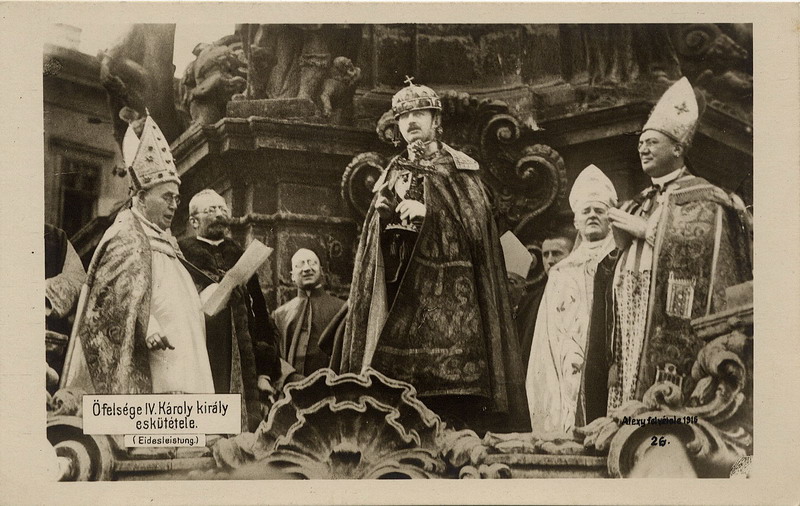








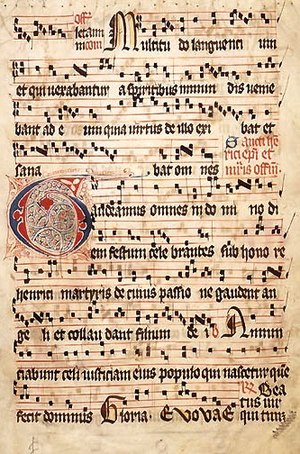

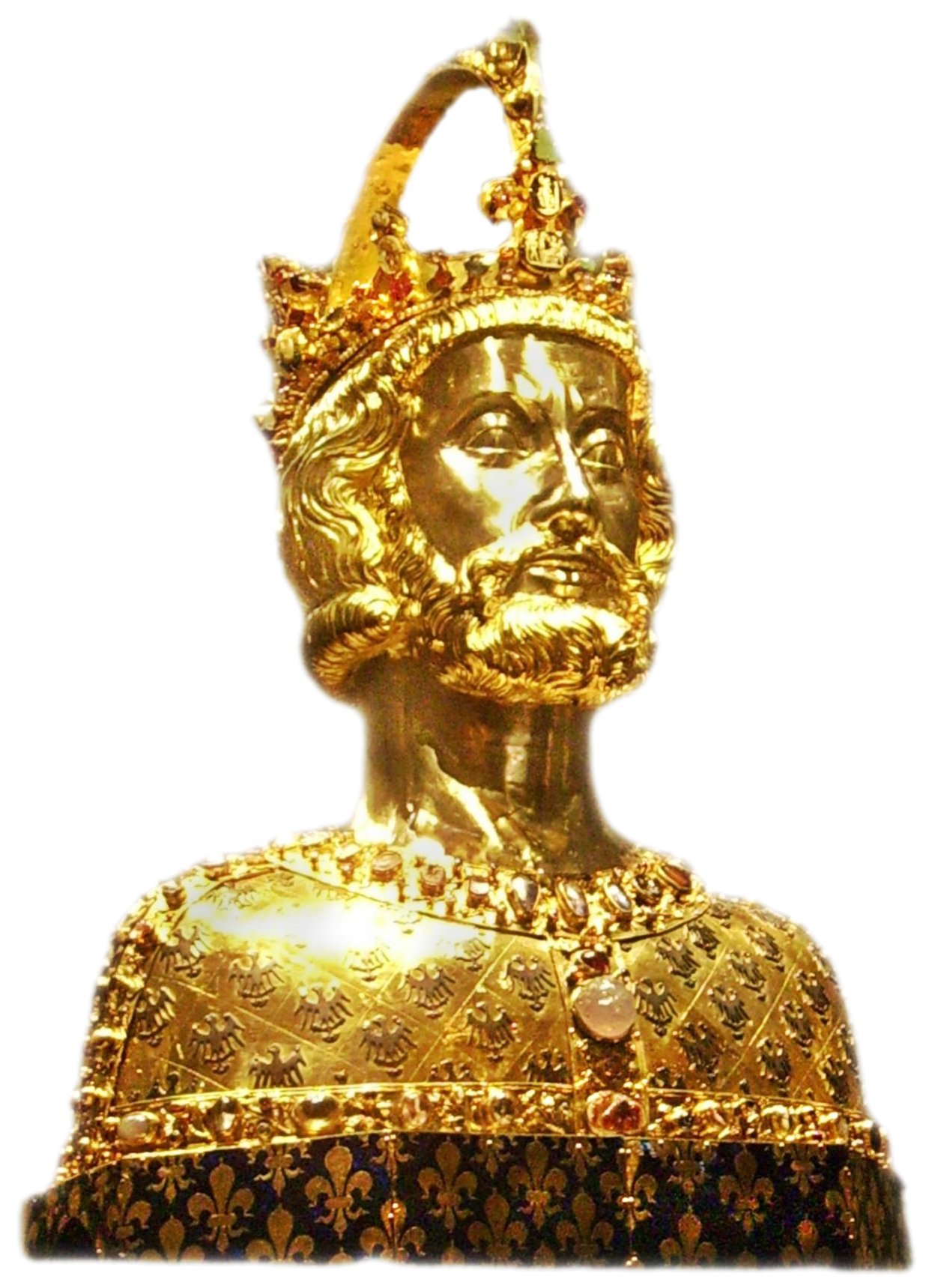



.jpg)


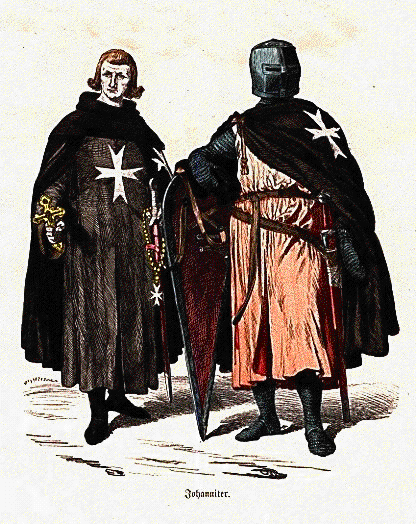

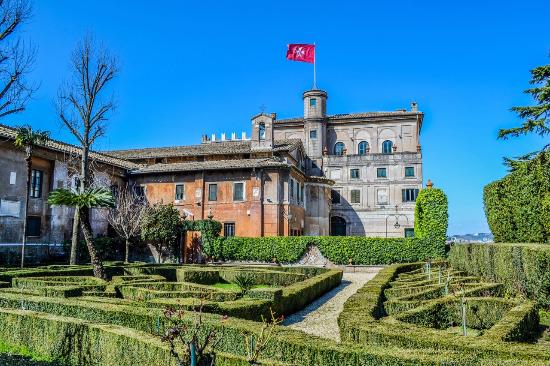


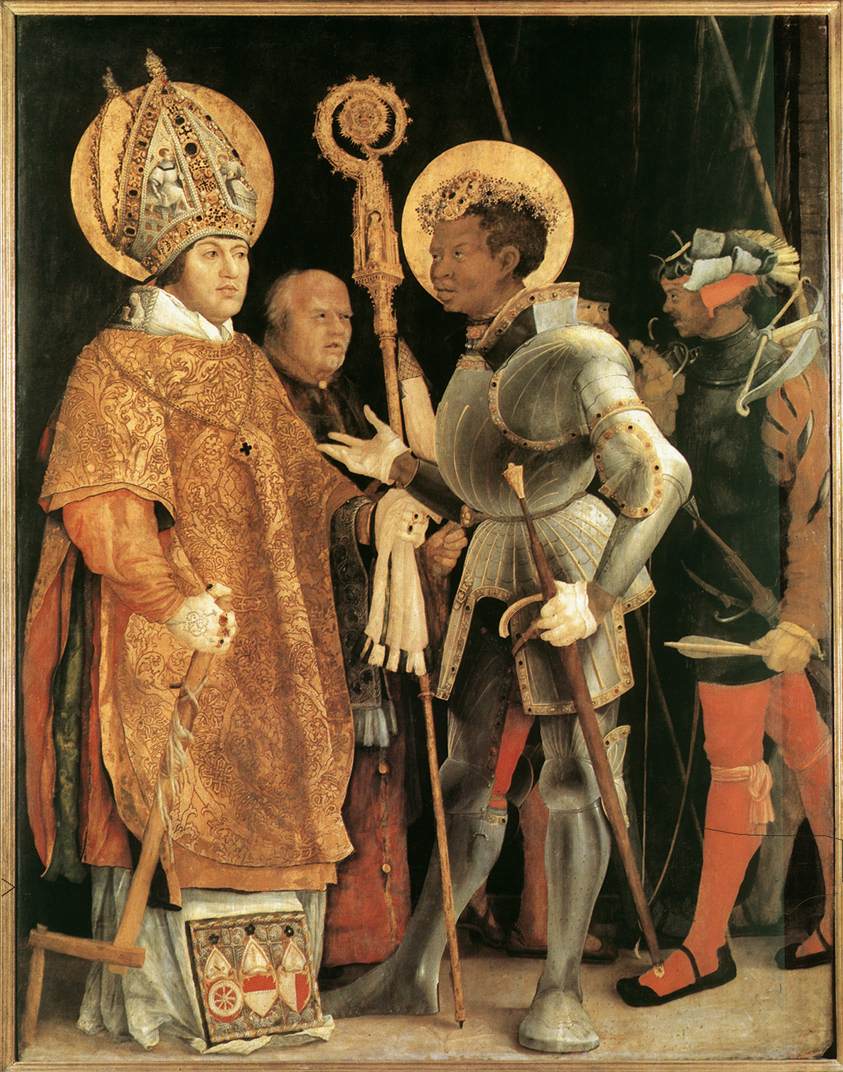
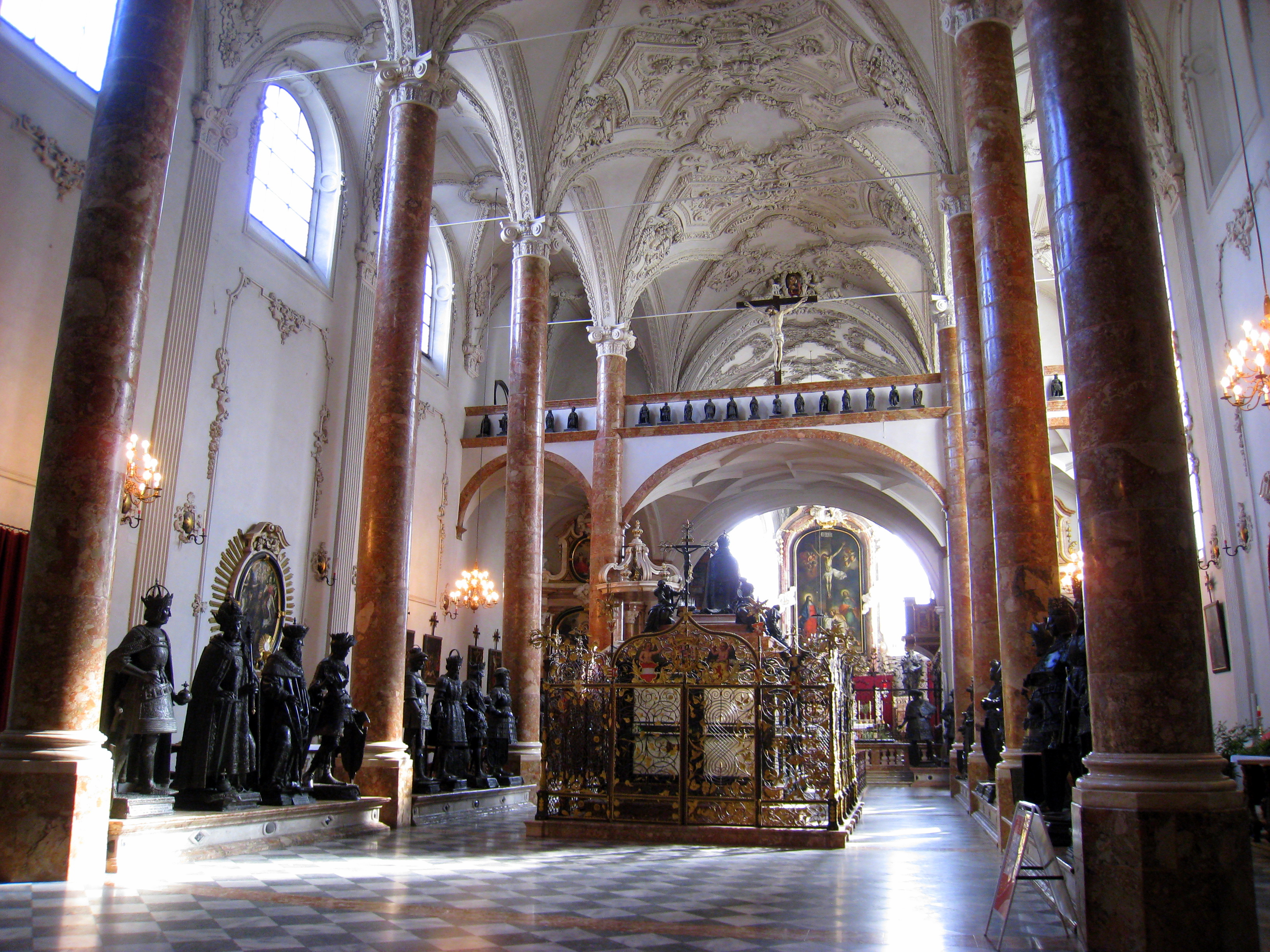


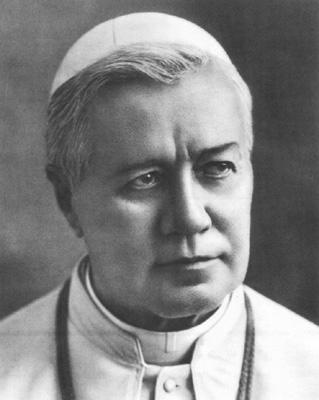






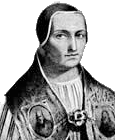






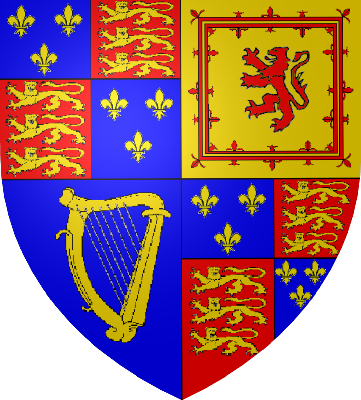
_-002.jpg/220px-Circle_of_Anton_Raphael_Mengs,_Henry_Benedict_Maria_Clement_Stuart,_Cardinal_York_(ca_1750)_-002.jpg)



5 comments:
A wonderful article!
Reblogging this on Catholicism Pure & Simple.
Good! Please do so (with acknowledgements!).
Glad you like it.
The old person kissing the Emperor Karl's hand is an old man, not an old woman.
It was a custom of some ethnic groups for the men to wear plaits/braids. ANd you can still see his mustache over Karl's hand.
Possibly - it's not clear. But it's beside the point, anyway which was to evidence the affection Kaiser Charles had for his people.
@ Tribunus
Your excellent and well-researched article (that you kindly allowed us to re-blog on CP&S) has given rise to lots of interest on our blog according to the stats, but also to a few who criticise the old Empire, or Monarchical system.
I thought you might be interested to know this.
Thank you again for this post that I found most interesting and inspiring, though also somewhat sad that such a great bastion of true Catholicism should have passed away into history.
Kathleen Mary
Post a Comment